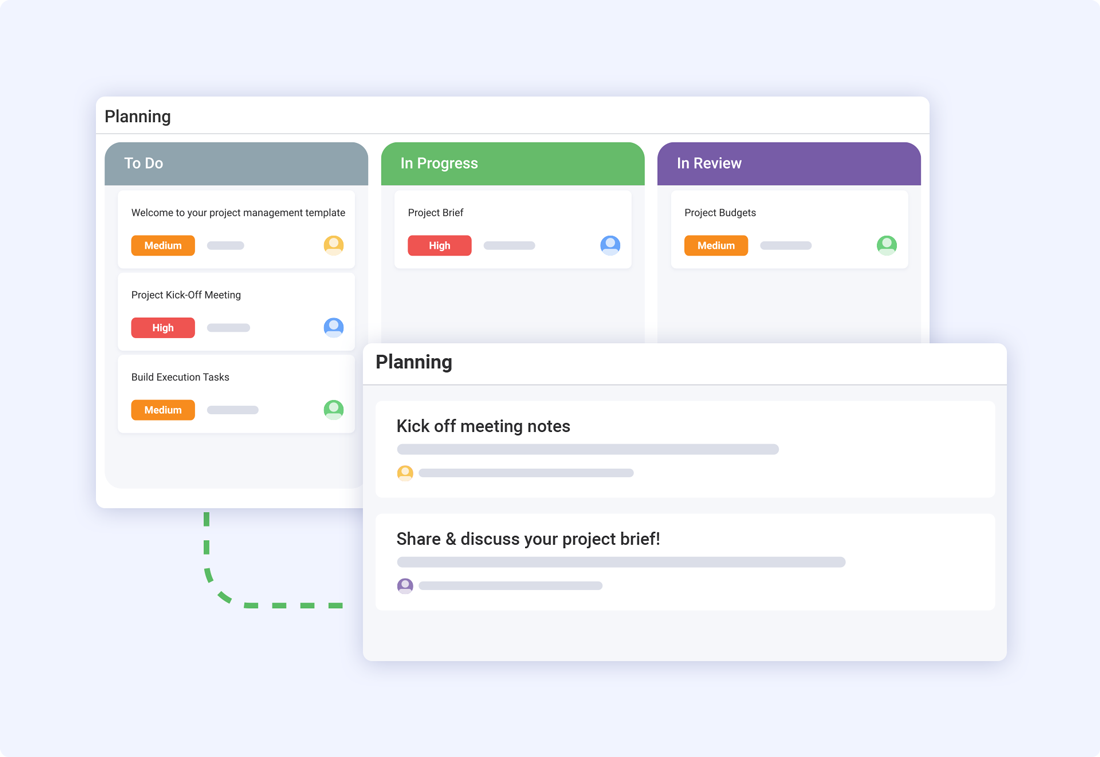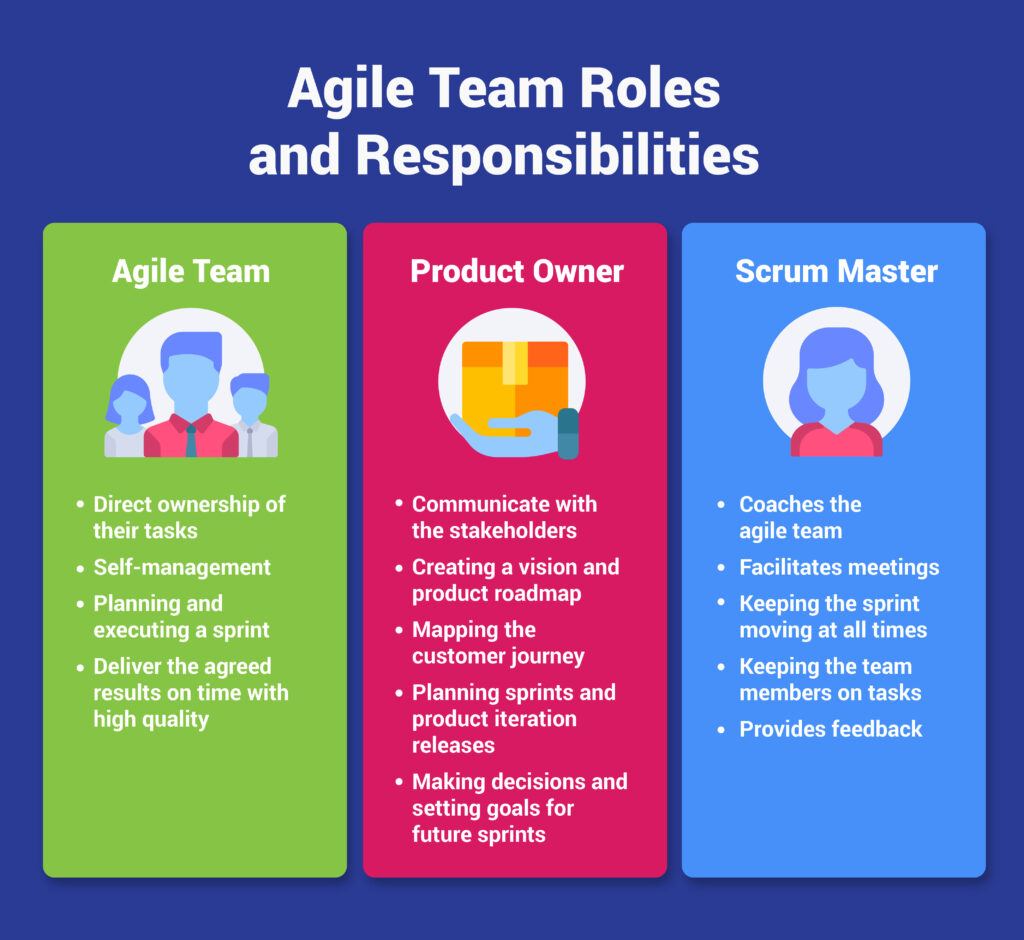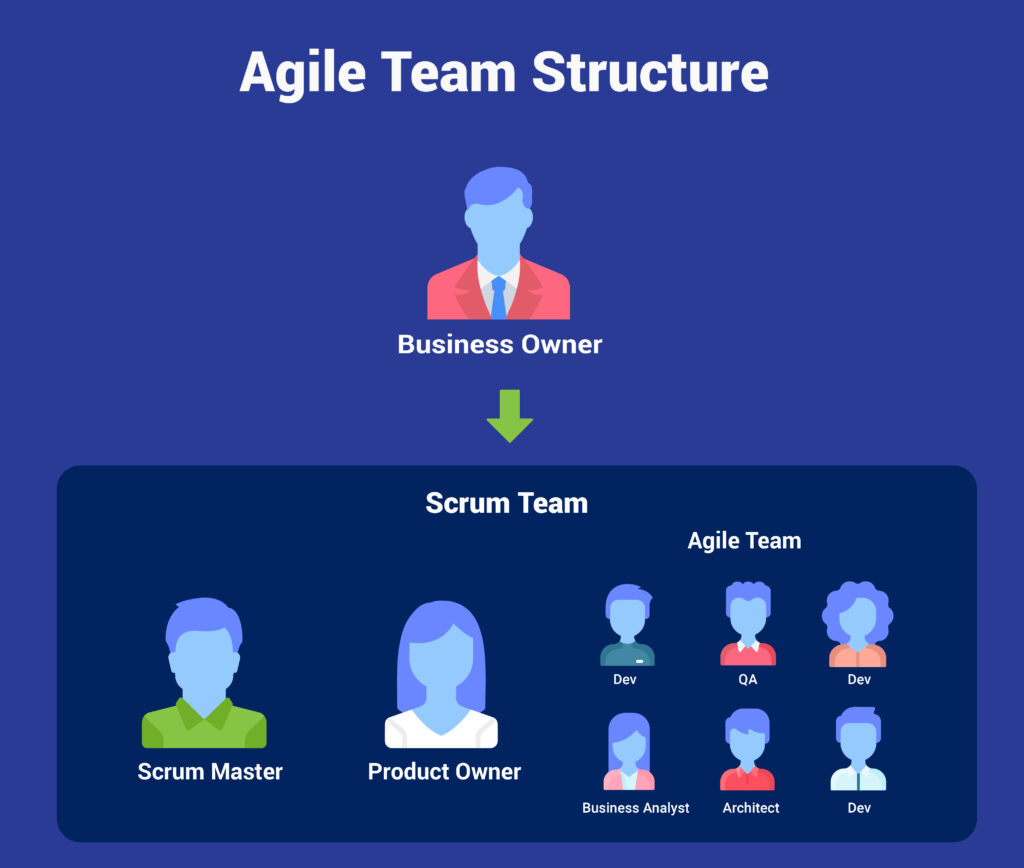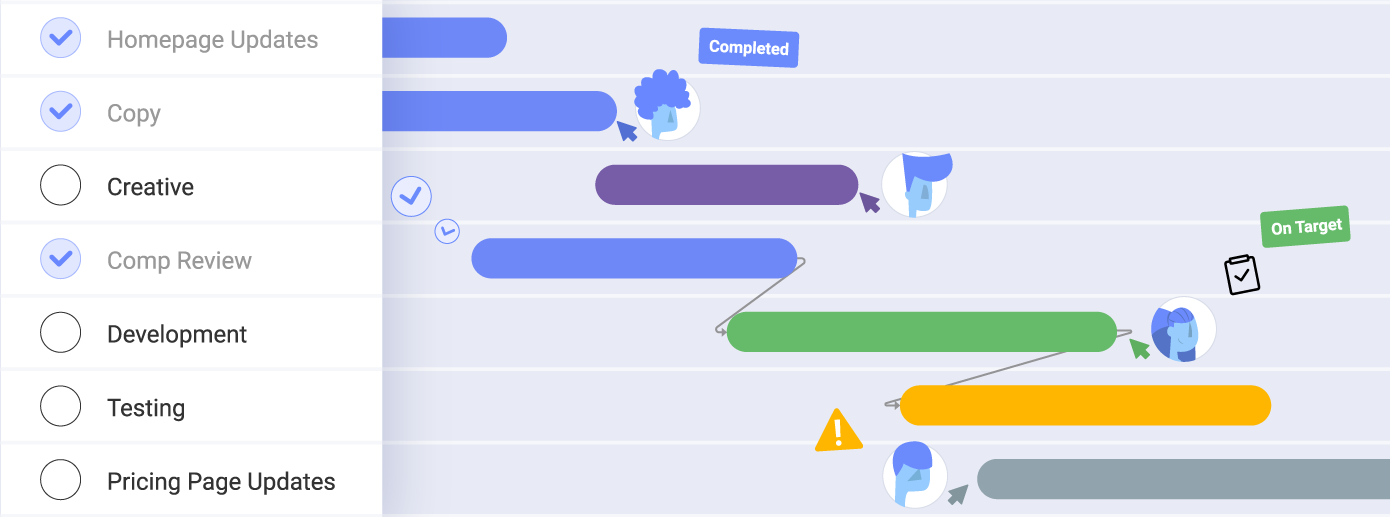
A Beginners Guide to Agile Teams
One of the main functions of having agile teams is to have the capacity to deliver high-quality deliverables within a relatively short but measurable period.
Executive Summary:
One of the main functions of having agile teams is to have the capacity to deliver high-quality deliverables within a relatively short but measurable period.
Members of the business sector often crave predictability, but that’s not possible.
Markets can be unpredictable, with unforeseen circumstances just around the corner.
Organizational transparency is not a crystal ball, but it can provide a degree of insight into the trajectory a team is on.
By giving everyone instant access to the status of every project and every task, early warnings about projects and initiatives allow teams to pivot and adjust before a project goes off the rails.
The result is overall team agility: priorities can be re-evaluated, resources reallocated, and plans changed to mitigate challenges and maximize potential results.
What Is an Agile Team?
Agile teams are typically small groups of cross-functional team members that coalesce around a time-bound project. The agile team is expected to have all the competencies necessary to complete the project, whether that is programming, designing, copywriting, or decision-making ability. Roles and responsibilities don’t matter as much as the final results that should be attributed to the entire team rather than to an individual team member.
According to an article published on Agile Alliance, the team comes together for only that one specific project. Once the project ends, the team is disbanded or is reorganized with different members on a different project with new deliverables. One of the main functions of having agile teams is to have the capacity to deliver high-quality deliverables within a relatively short but measurable period. In order to achieve high performance on a tight deadline, agile teams are assembled to deliver high-quality results in short, intense bursts.
What Are Two Ways to Describe a Cross-Functional Agile Team
A cross-functional team is a part of a system or a product/service which encompasses all the required competencies within it.
A cross-functional team has all the skills required to develop a product/service. The change request is made without further delay.
Project management
Seamlessly manage tasks, teams, and projects of any complexity from start to finish.
Use Template →
Agile Team Roles and Responsibilities
In many cases, agile teams are divided into three main roles and responsibilities: the agile team member, the scrum master, and the product owner.
- The Agile Team Member: A team member is any individual contributing to the agile team. One person can be a team member of multiple agile teams. The agile team member can be a software developer, UI/UX designer, data analyst, etc.
- The Scrum Master / Team Lead: The scrum master acts as the agile team coach and facilitates team meetings.
- The Product Owner: Acts as the customer proxy, engages key stakeholders such as project managers and other product owners, and ensures that the project complies with the agreed-upon deliverables.

Agile Team Structure
The agile team structure is usually more horizontal than linear. It’s less important how the agile team is structured but rather how it performs. However, there are a few different structures that you could use when putting together your own agile team.
Here are 6 examples of agile team structures:
Generalists Agile Team
Generalist is not someone who knows a little bit about a lot of different things but is someone who has proficiency in multiple different fields. In the generalist agile team structure, anybody can pick up any task.
That doesn’t mean that the generalist person is an expert but knows enough about the standards and best practices to solve a problem. That is very beneficial when problems occur – you don’t need to match schedules with specialists outside the team as you already have a team member who has the core competency to craft a solution.
If you want to incorporate a generalist agile team structure, you need to find the right people to make it work. Not everyone on the team is a data analytics expert or sales specialist, so you must identify the multi-passionate people in your organization to include in your agile team. Also, to make this work, you need a project that doesn’t require any specific subject matter expertise.
Specialist Agile Team
Specialists are referred to as subject matter experts or SMEs. Unlike the generalist, the specialist agile team consists of experts with deep field expertise. In this type of team, everyone is responsible for his own expertise-related tasks.
Specialists might be more beneficial for your team because they are often quicker at their specific tasks and come up with more efficient solutions (thanks to their deep expertise). Yet sometimes a team full of specialists isn’t ideal and your specialists might end up sitting and waiting for their next task since they are overqualified for regular work. That is why this approach is recommended for experienced organizations.
Hybrid Agile Team
This agile team structure combines both generalists and specialists. While specialists focus their efforts on tasks that require their deep expertise, generalists are responsible for the project’s integrity.
This agile team structure is known to work best for large-scale and complex agile projects.
Transitioning Agile Team
The transitioning agile team structure is basically the process of transitioning your organization to an agile principles-based approach. Moving to a new way of working might not be easy for everybody, so you have to help your team adopt the new working approach. They will need time to get used to agile practices, language, and processes. The downside to transitioning agile structure is an extended delivery timeline.
Parallel Agile Team
The parallel agile team structure is not the easiest one to manage. In this team, everyone’s job changes per sprint. For example, in one spring everyone will write code and then in the next sprint, everyone gets involved in testing it.
If there is no particular reason to use this structure, then perhaps you better choose another one.
Agile Product Sub-Team
Product sub-teams are self-contained units of a larger team. This structure can be applied to complex projects that require to be broken down for simplicity, accountability, and visibility. In such a structure, your agile team will have responsibility for a specific area of work while keeping the overall deliverable made up of several sub-areas.
Each agile team that is part of the project will work together to contribute to the project’s goals and objectives.
Your Agile Team Structure
As the agile team lead, it is your responsibility to set the structure for your agile team. Luckily, agile is an adaptive approach, so you can set it the way it would work the best for your organization and project. The above structures are general, and it is not necessary to follow either – test, change and adjust until you find the best agile team structure for your own team and needs.

What Is the Recommended Size of an Agile Team
The ideal agile team size is small, usually between 5 and 11 people, but the optimal number is around 3 to 7 people. If you have more than 7 people on your team, you can create multiple smaller agile teams.
How Does an Agile Team Maintain Requirements
The agile teams maintain their requirements in a backlog. In Scrum, it is called Product Backlog and the items that get stored in it are called product backlog items (PBI). These items can be functional requirements, non-functional requirements, enhancements, change requests, or defects.
Every team member maintains a personal backlog of items they are working on and typically keeps its backlog in places such as Jira, Wiki, or Whiteboard.
Why Is It Important to Trust the Team in Agile
A team without trust isn’t really a team but a group of people just working together. One definition of trust that we like is ‘’ firm belief in the reliability, truth, or ability of someone or something’’.
For an agile team to be successful, trust and communication are two of the most important factors. The team needs to trust each other, and the leader needs to trust the team and the process – it is a necessity when delivering projects using an agile type of project management.
Established trust between the members of the agile team helps them to communicate quickly and respond faster to changes and issues as they emerge. Trust is the foundation of effective team processes and high performance.
And not only that teams work faster, more efficiently, and better when there is trust, but the level of enjoyment of work increases as well.
As a member of an agile team, you can help establish trust in your team by being honest and transparent in the communication process, keeping your commitments, seeking help if you lack knowledge or experience in working on a particular task, discussing trust issues, don’t judge or blame, and get to know your teammates more personally.
Agile Remote Teams
Agile remote teams are virtually identical to agile teams, except all the members of the team are remote. McKinsey’s article from last year discusses some of the challenges that teams face when working separately, such as distrust, wishing for more frequent check-ins, and delays in projects and tasks. According to the same article, the experience of remote working can lead to inefficiency and reduced cohesion.

A Harvard Business Review guide to Managing Your (Newly) Remote Workes states that:
- 80% of new remote workers think that they would have better relationships with more frequent communications
- 43% think that more face time would help them develop deeper relationships with team members
- 52% don’t feel as though they were treated equally by their team members
- 84% believe that workplace challenges or concerns dragged on for a few days and more
- 41% assume that team members are talking behind their backs vs 31% of co-located workers
But don’t let this scare you off. Organizations can make agile teams thrive in a remote environment if they want to. Team members would have to find the optimal use of technologies and adjust to online communication to ensure collaboration and productivity. And that is not impossible. Here are some suggestions on how to make the remote style of working work for your agile teams by InfoWorld:
- Choose proper equipment, tools, and working space
- Be present and converse with teammates
- Commit to realistic team and individual assignments
- Increases documentation
- Learn how to translate in-person agile activities (like standup meetings) into digital ones.
It might take some time, but remote work is here to stay, so it is important to prepare your team accordingly. Plus, almost any organization out there is already using digital tools to simplify their work, so the real struggle is adaptation and effective communication.
Slingshot Is Here to Help
Slingshot comes ready to take your agile team online. By keeping everyone in the know, teams can stay on top of projects even across different time zones, meaning productivity doesn’t suffer even though team members can’t be physically present with one another.
Slingshot simplifies collaboration by incorporating modern project and team file management, chat, and data analytics all within one app. When you can easily share all these elements in one place with team members and share projects with external team members, calmness is restored. With robust productivity flows out of the box and is designed to work seamlessly to enable continuous collaboration workflows. This helps teams cut across collaboration silos, prevents work disruptions, and makes it easier for teams to work better together.
Are you ready to transform the way your team works? Try it today and see how Slingshot can help your teams deliver extraordinary results that drive business growth.
Related Articles
Ready to grow your business 10x with AI decision-making?
Request a Free Demo of SlingshotSHARE THIS POST







